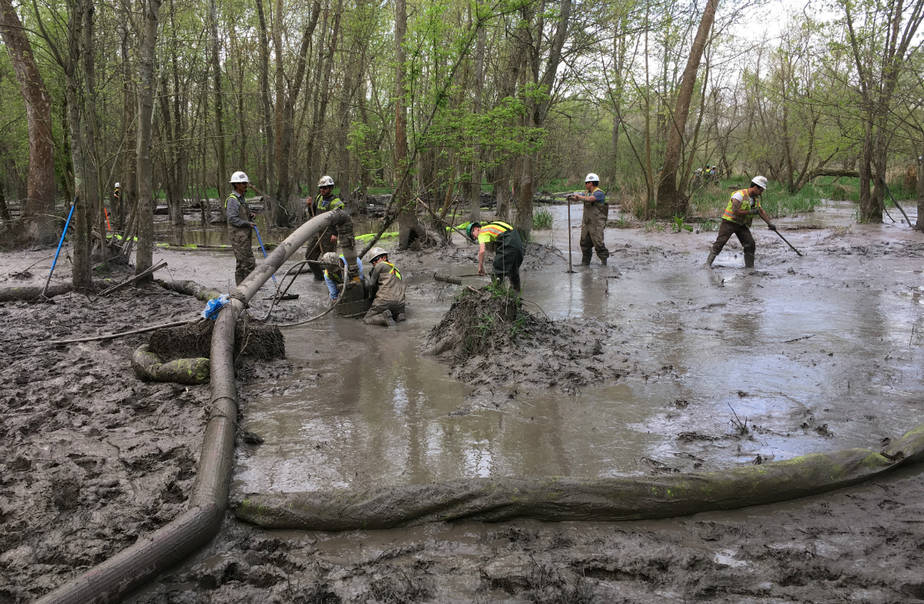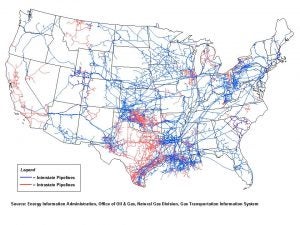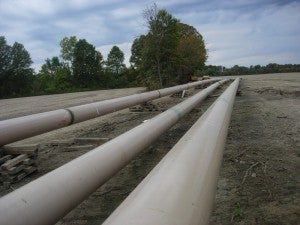 Energy Transfer Partners (ETP), the same company responsible for the Dakota Access Pipeline, just spilled millions of gallons of drilling sludge into an Ohio wetland – but don’t worry, they say everything is “safe.”
Energy Transfer Partners (ETP), the same company responsible for the Dakota Access Pipeline, just spilled millions of gallons of drilling sludge into an Ohio wetland – but don’t worry, they say everything is “safe.”
Craig Butler, Director of the Ohio Environmental Protection Agency called the company’s response “dismissive,” and “exceptionally disappointing,” and he’s right.
Fortunately, federal and state regulators have stepped up to hold ETP accountable.
The Federal Energy Regulatory Commission ordered ETP to halt plans to continue with other pipeline drilling projects in the area and to double the number of environmental inspectors on its payroll. And the Ohio EPA fined ETP $400,000 for the damage caused by this spill, damage that OEPA says could be deadly and last for decades. Read More











 A ruptured natural gas pipeline in the quiet community of San Bruno, California ignited on the evening of September 9, 2010. The resulting fire destroyed 38 homes, killed eight people, and injured many others. It was one of the biggest pipeline explosions in recent history, and it very likely could have been prevented.
A ruptured natural gas pipeline in the quiet community of San Bruno, California ignited on the evening of September 9, 2010. The resulting fire destroyed 38 homes, killed eight people, and injured many others. It was one of the biggest pipeline explosions in recent history, and it very likely could have been prevented. Last month, the U.S. Senate unanimously passed the SAFE PIPES Act, reauthorizing the Pipelines and Hazardous Materials Safety Administration (PHMSA). Tucked inside the bipartisan bill are important new measures intended to advance the ways in which regulators facilitate the repair and replacement of old, increasingly leaky pipeline systems.
Last month, the U.S. Senate unanimously passed the SAFE PIPES Act, reauthorizing the Pipelines and Hazardous Materials Safety Administration (PHMSA). Tucked inside the bipartisan bill are important new measures intended to advance the ways in which regulators facilitate the repair and replacement of old, increasingly leaky pipeline systems.